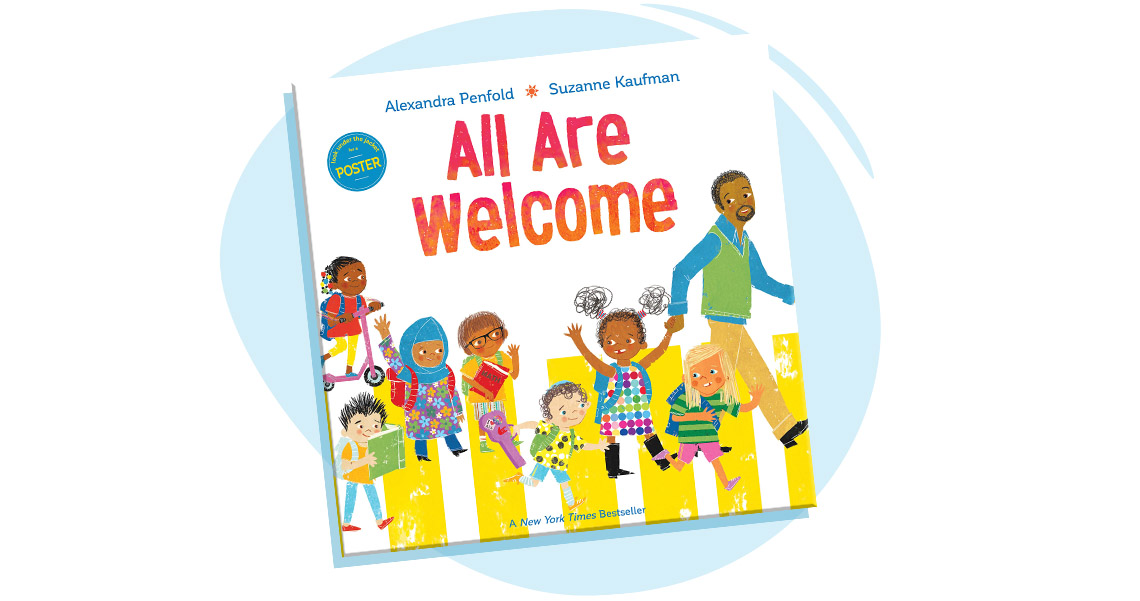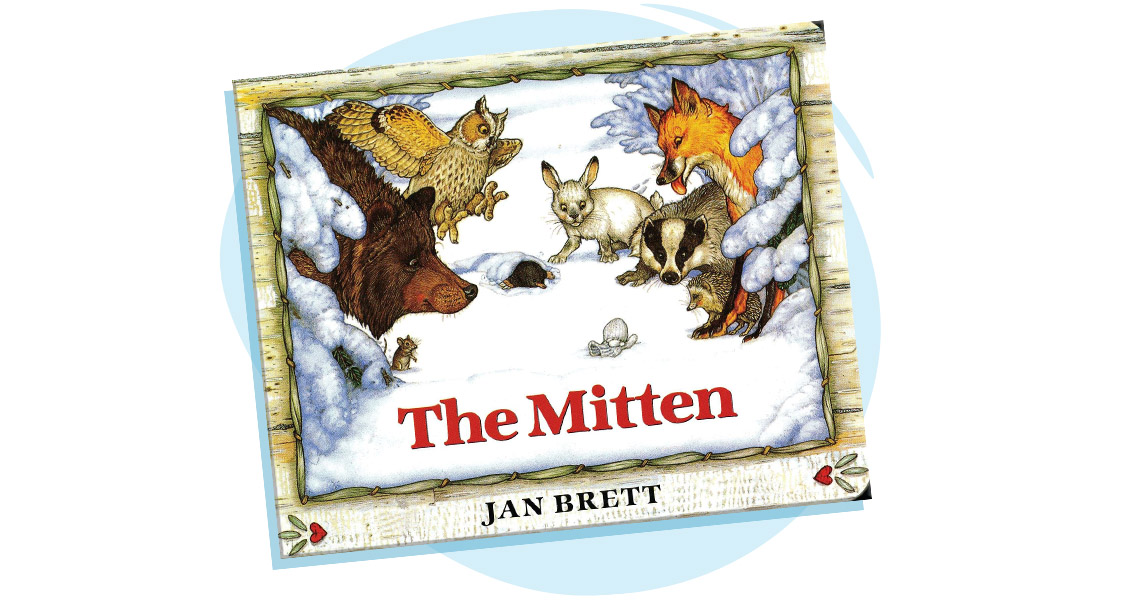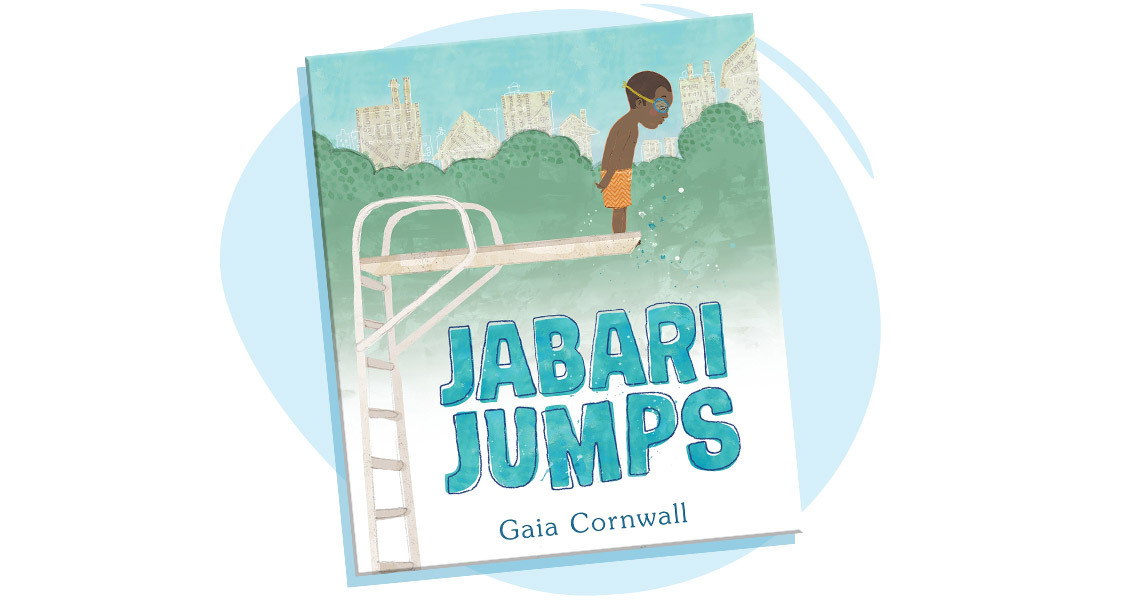Minds On
Choose a story

Think about a story that you have read or are currently reading. How would you describe the story to someone you know?
Action
Part 1: Story elements
When we share a retell of a story, we include all of the important details in the correct order. Before we can work on a retell, we need to understand the elements (or parts) of a story.
Examine the following chart to understand the important elements of a story.
Consider
Think about the story you chose in the Minds On section and consider the following questions:
- Who were the characters?
- Where and when did the story take place?
- What were the key events?
- What was the problem?
- How was the problem resolved?
- How did the story end?
Refer to the Story Elements Chart and complete the Story Elements Graphic Organizer in your notebook or use the following fillable and printable document.
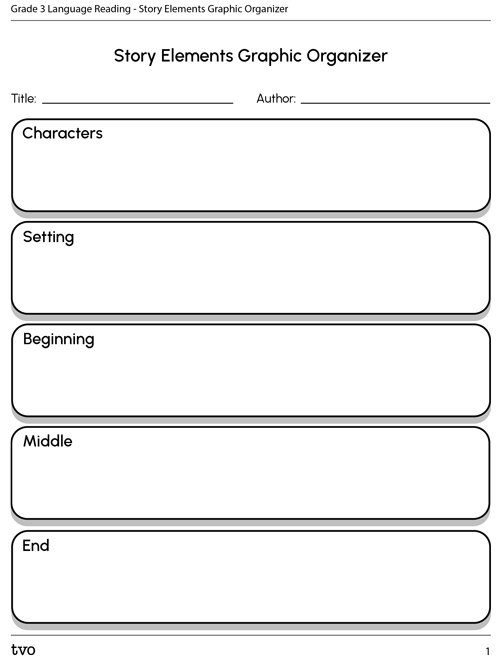
Press the Activity button to access the Story Elements Graphic Organizer.
Activity (Open PDF in a new tab)Part 2: Retelling
Retelling a story is a strategy that readers use to reflect on the most important parts of a story. It is also an opportunity for readers to demonstrate their understanding of a story.
It can be difficult to understand what happened in a story if it is retold out of order. In a retelling, the reader explains only the most important parts of a story from beginning to end. An easy way to understand the important parts of a story and how to put them in the correct order is by using the five important components of a story to help you.
Have you heard a retelling of any of these books? Have you heard a retell for any of these books? Does the cover of a book help you to retell the story?”
Five elements of a retelling
Task 1: Stop and go
Using a story of your choice, read, stop, and retell the key events. This ‘Stop and Go’ strategy is particularly important in a longer book. Once you are finished reading the entire story, you can decide which events are important enough to be included in your retelling.
Complete the Stop and Go Reading Activity in your notebook or using the following fillable and printable documents.
| Elements | Details |
|---|---|
| Title of Story: | |
| Characters: | |
| Setting: | |
| Problem: | |
| Key Events – (Stop and Go) | |
|
|
|
|
|
|
|
|
|
|
|
|
| Solution: |
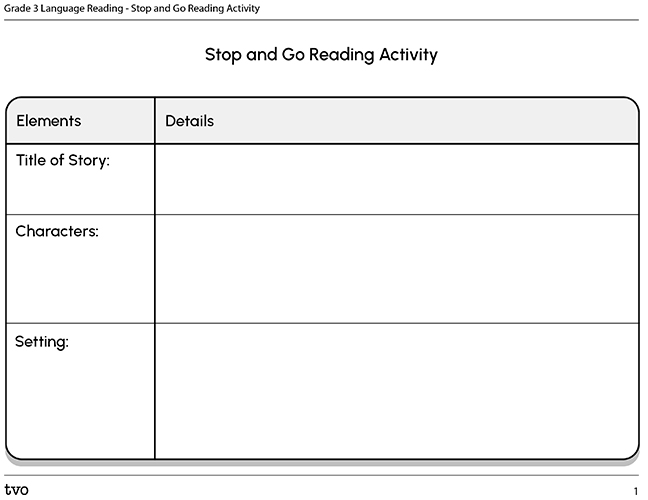
Press the Activity button to access the Stop and Go Reading Activity.
Activity (Open PDF in a new tab)Consolidation
A different interpretation

A retelling of the same story by different people may be quite different. Reflect on why one person’s interpretation of the story may be different from someone else’s.
Complete the Reflection Activity in your notebook or use the following fillable and printable document.
Reflection
How do you feel about what you have learned in this activity? Which of the next four sentences best matches how you are feeling about your learning? Press the button that is beside this sentence.
I feel...
Now, record your ideas about your feelings using a voice recorder, speech-to-text, or writing tool.
